Contents
Other years |
| Countries of the United Kingdom |
| Scotland |
Events from the year 1716 in Great Britain.
Other years |
| Countries of the United Kingdom |
| Scotland |
Events from the year 1716 in Great Britain.

1716 (MDCCXVI) was a leap year starting on Wednesday of the Gregorian calendar and a leap year starting on Sunday of the Julian calendar, the 1716th year of the Common Era (CE) and Anno Domini (AD) designations, the 716th year of the 2nd millennium, the 16th year of the 18th century, and the 7th year of the 1710s decade. As of the start of 1716, the Gregorian calendar was 11 days ahead of the Julian calendar, which remained in localized use until 1923.
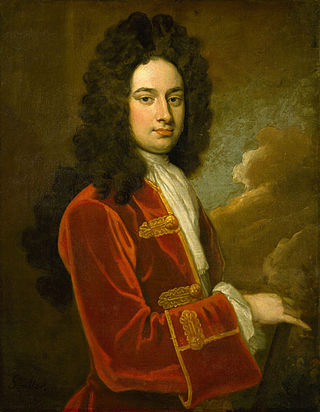
James Stanhope, 1st Earl Stanhope was a British Army officer, politician, diplomat and peer who effectively served as Chief Minister between 1717 and 1721. He was also the last Chancellor of the Exchequer to sit in the House of Lords.

Charles Townshend, 2nd Viscount Townshend, was an English Whig statesman. He served for a decade as Secretary of State for the Northern Department from 1714 to 1717 and again from 1721 to 1730. He directed British foreign policy in close collaboration with his brother-in-law, prime minister Robert Walpole. He was often known as Turnip Townshend because of his strong interest in farming turnips and his role in the British Agricultural Revolution.

Earl of Perth is a title in the Peerage of Scotland. It was created in 1605 for James Drummond, 4th Lord Drummond. The Drummond family claim descent from Maurice, son of George, a younger son of King Andrew I of Hungary. Maurice arrived in Scotland on the ship which brought Edgar Ætheling, the Saxon claimant to the crown of England after the Norman Conquest, and his sister Margaret to Scotland in 1068. Maurice was given lands in Lennox (Dunbartonshire), together with the hereditary stewardship of the county. The Hungarian Prince theory has been discounted as no evidence of any relationships exists in written records or DNA. "The Red Book of the Menteiths" clearly discounts the Hungarian Prince as a myth likely formed to give status to the Drummond origins. The Drummonds in the 12th century were allied to the Menteiths – their early fortunes developed through the relationship. Indeed, one "Johannes De Drumon", said to have died in 1301, was buried in Inchmahome Priory which was founded by the Menteiths. His successor John Drummond, the 7th Steward, was deprived of the lands and retired into Perthshire.

The title Earl of Newburgh was created in the Peerage of Scotland in 1660 for James Livingston, 1st Viscount of Newburgh, along with the subsidiary titles Viscount of Kynnaird and Lord Levingston.
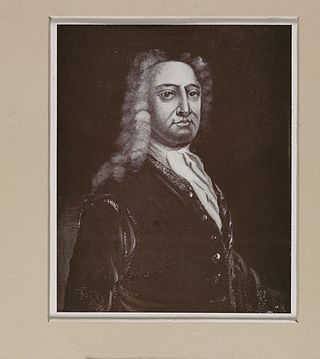
Charles Radclyffe, titular 5th Earl of Derwentwater, was one of the few English participants in the Risings of 1715 and 1745.
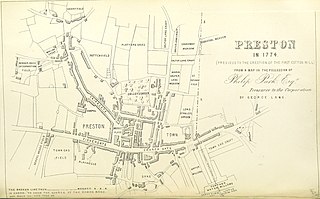
The Battle of Preston was the final action of the Jacobite rising of 1715, an attempt to put James Francis Edward Stuart on the British throne in place of George I. After two days of street-fighting, the Jacobite commander Thomas Forster surrendered to government troops under General Charles Wills. It was arguably the last battle fought on English soil.
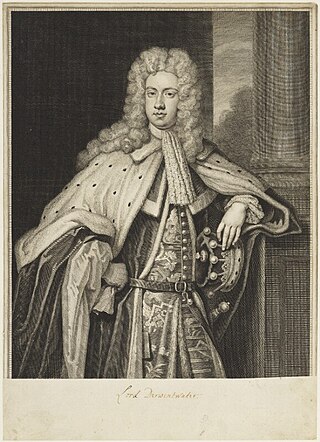
Earl of Derwentwater was a title in the Peerage of England. It was created in 1688 for Sir Francis Radclyffe, 3rd Baronet. He was made Baron Tyndale, of Tyndale in the County of Northumberland, and Viscount Radclyffe and Langley at the same time, also in the Peerage of England. He was succeeded by his son, the second Earl, who married Lady Mary Tudor, daughter of Charles II by his mistress Moll Davis.

William Gordon, 6th Viscount of Kenmure and Lord Lochinvar was a Scottish Jacobite.
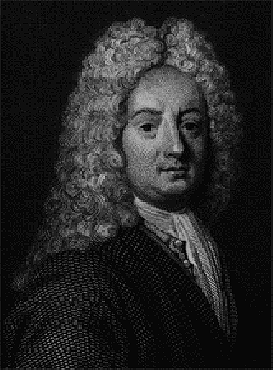
Thomas Forster, of Adderstone Hall, Northumberland, was an English landowner and Tory politician who sat in the House of Commons from 1708 to 1716. He served as a general of the Jacobite army in the 1715 Uprising and subsequently fled to France.

James Radclyffe, 3rd Earl of Derwentwater was an English peer who participated in the Jacobite rising of 1715 and was executed for treason.
Gentleman of the Bedchamber was a title in the Royal Household of the Kingdom of England from the 11th century, later used also in the Kingdom of Great Britain. A Lord of the Bedchamber was a courtier in the Royal Household; the term being first used in 1718. The duties of the Lords and Gentlemen of the Bedchamber originally consisted of assisting the monarch with dressing, waiting on him when he ate, guarding access to his bedchamber and closet and providing companionship. Such functions became less important over time, but provided proximity to the monarch; the holders were thus trusted confidants and often extremely powerful. The offices were in the gift of The Crown and were originally sworn by Royal Warrant directed to the Lord Chamberlain.
Events from the year 1717 in Great Britain.
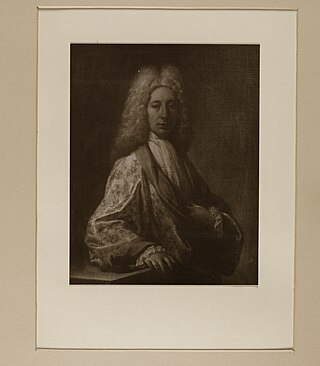
James Murray, Earl of Dunbar was a Scottish Tory politician who became a Jacobite agent and courtier. He served as the Jacobite Secretary of State in exile in Rome from 1727 to 1747.

Edward Radclyffe, 2nd Earl of Derwentwater was an English peer, styled Viscount Radclyffe from 1688 to 1695.
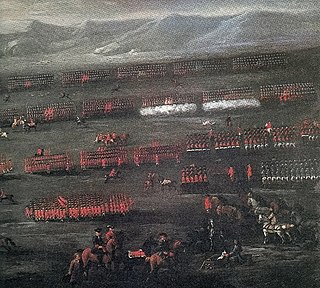
The Jacobite rising of 1715 was the attempt by James Edward Stuart to regain the thrones of England, Ireland and Scotland for the exiled Stuarts.
Events from the year 1716 in Scotland.

The 5th Parliament of Great Britain was summoned by George I of Great Britain on 17 January 1715 and assembled on the 17 March 1715. When it was dissolved on 10 March 1722 it had been the first Parliament to be held under the Septennial Act of 1716.
James Bartholomew Radclyffe, 4th Earl of Newburgh and titular 6th Earl of Derwentwater was a British nobleman, Earl of Newburgh in the Peerage of Scotland and titular Earl of Derwentwater in the Peerage of England.
Charlotte Maria Radclyffe, 3rd Countess of Newburgh or Charlotte, Countess of Derwentwater was a Scottish Jacobite sympathiser. A suo jure Countess, she was forced into a marriage that gave her earldom to her new husband.